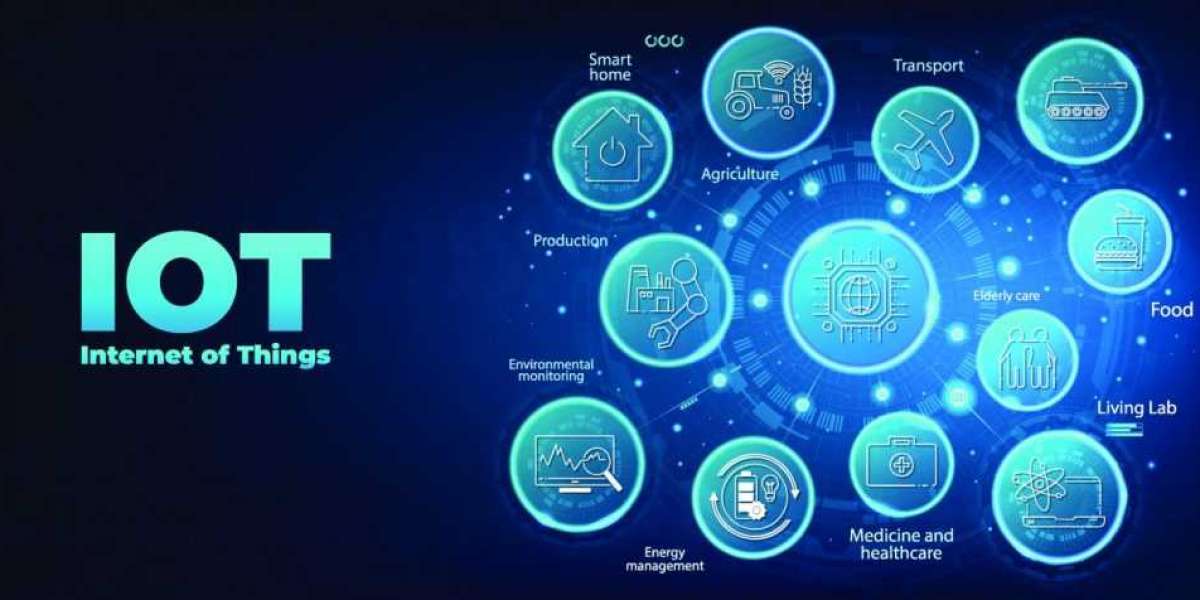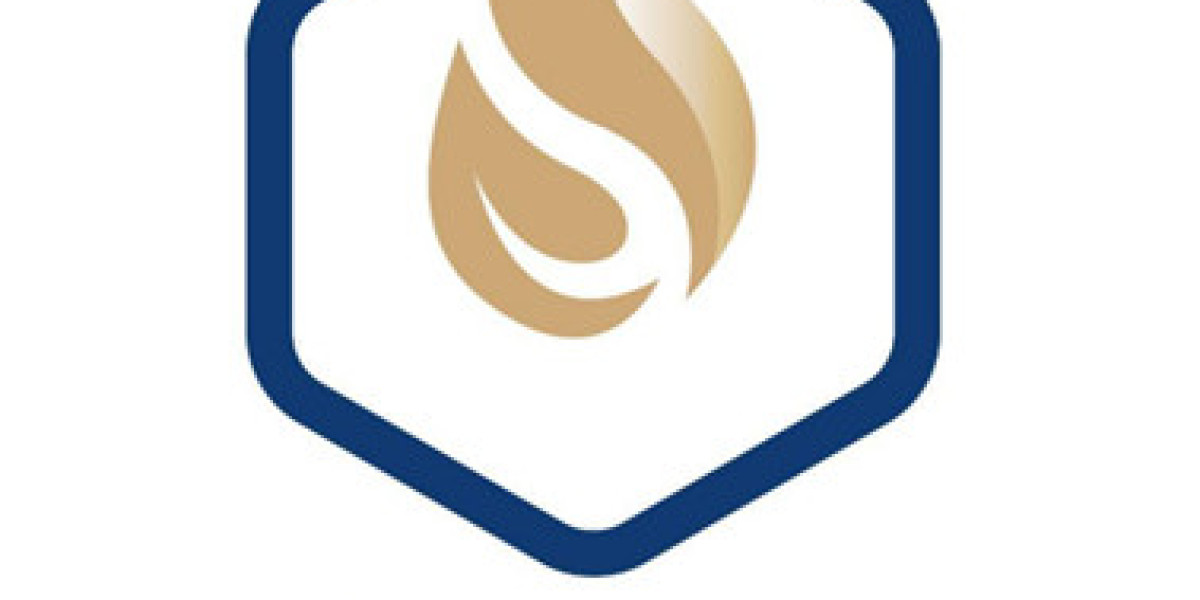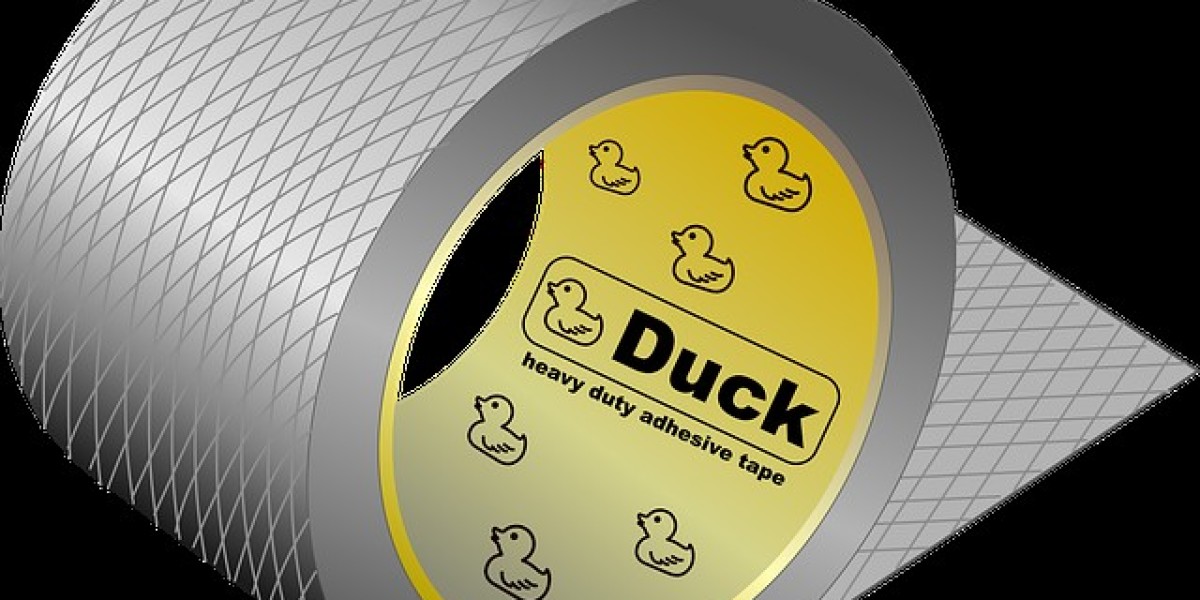The Internet has swept the world by storm, and everyone is now connected to one another via it. Apart from keeping in touch with others, it is critical to have your devices linked to the internet as well. This is referred to as the Internet of Things (IoT). There are billions and trillions of devices, including mobile phones, laptops, desktops, wearable devices, and hospital devices, that must be connected to the internet in order to share and function data.
The wireless network has aided many devices all around the world in remaining connected and operating smoothly. All gadgets are linked to the internet through the use of pre-installed micro and small chips. To connect, a network is necessary. And for that Inwizards IoT development company is your perfect destination. With the best team of experts,
Impact of the Internet of Things
The Internet of Things has had a significant positive impact on technology and wireless network-capable gadgets. Sensors are now found in practically all products, allowing you to stay linked to the object at all times, whether by sensors or some other means. There is a lot that has been supplied to users through IoT, from minimizing carbon footprints to assisting governments of various countries in emphasizing the quality of healthcare offerings.
Here’s how the Internet of Things has changed the technical landscape:
Smart Cities
As more people move to cities around the world, there will be a greater demand for water and energy, as well as an increased risk of disease outbreaks, pollution, traffic congestion, and crime. At the same time, the majority of the developed world is dealing with an aging population.
The government can create a 3D virtual image of the city by embedding sensors in every building and road, allowing for more in-depth monitoring of the city’s daily difficulties.
Overall, IoT-based smart cities use data and technology to build a more efficient and sustainable infrastructure for managing resources, traffic flow, population behavior, developing the local economy, and improving inhabitants’ quality of life. Smart cities, when done correctly, will be able to provide a variety of benefits, including:
Reducing traffic congestion, for example, by diverting vehicles away from a location where a serious traffic accident has recently happened.
IoT and Driverless Cars
With real-time traffic management, connected autonomous vehicles (CAVs) and autonomous electric vehicles (AEVs) may assist cut traffic congestion dramatically, decreasing human errors in driving. Furthermore, CAVs can enable greater mobility to the aged and disabled while reducing carbon emissions.
Once every building and device is linked, adding connected autonomous cars on top of the infrastructure is not only practical, but also logical. CAV and AEV system architectures will include field-level intelligent infrastructure such as roadside units, LiDAR and RADAR sensors.
Animal Farming
Farmers in the United States lose billions of dollars each year as a result of animal illness and death, infertility, or decreased output. Farmers will be able to cut animal mortality while increasing productivity by utilizing IoT. Farmers can place sensors in animal-housing facilities to monitor interior humidity and temperature, as well as possible fire threats.
Farmers can monitor the daily calorie intake and level of activity of each animal, as well as identify and isolate sick animals early to prevent disease spread, by having animals wear portable sensors, installing sensors. Farmers can boost animal fertility by selecting the best period by monitoring the animals’ body temperatures.
Smart Agriculture
Two things will have a significant impact on crop cultivation. For starters, climate change is increasing the frequency and severity of droughts, which allows hazardous insects to thrive. Second, the retirement of the baby boomer generation of farmers, combined with a scarcity of replacement employees, will leave farms understaffed.
Farmers can reduce waste in water and fertilizer by finding the ideal time to irrigate, fertilize, or harvest by putting sensors around the farm and collecting data on temperature, air and soil humidity, water level, or by flying drones over the fields to collect data. Big Data can also provide localized weather forecasts based on previous weather trends, allowing farmers to make better decisions.
Wrapping Up
The Internet of Things contains immense promise, but it also raises serious dangers. For starters, every linked device will generate a large amount of data. As data storage becomes more affordable, indexing data effectively for analytics may become more important. Second, the data must be securely stored to prevent hacker assaults on company servers and individual identity theft.
Block chain is a new technology that will add an extra degree of protection. However, because data analytics already necessitates a significant amount of computational power, putting blockchain on top of Big Data may throw additional strain on infrastructure and support.



